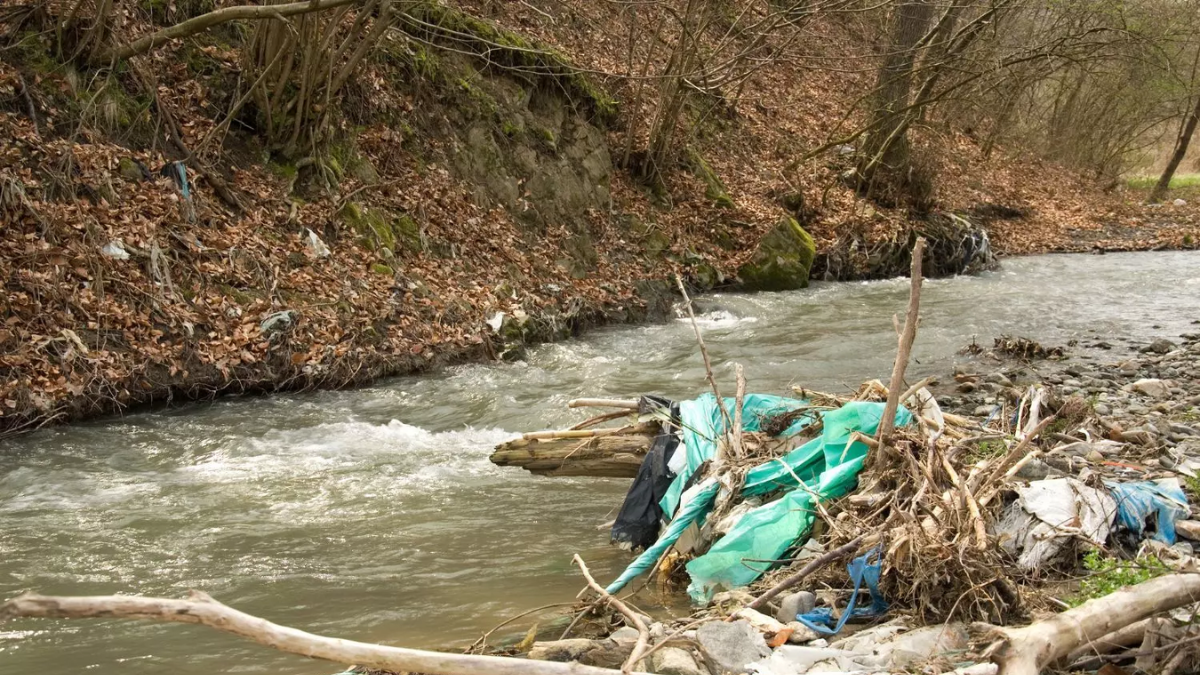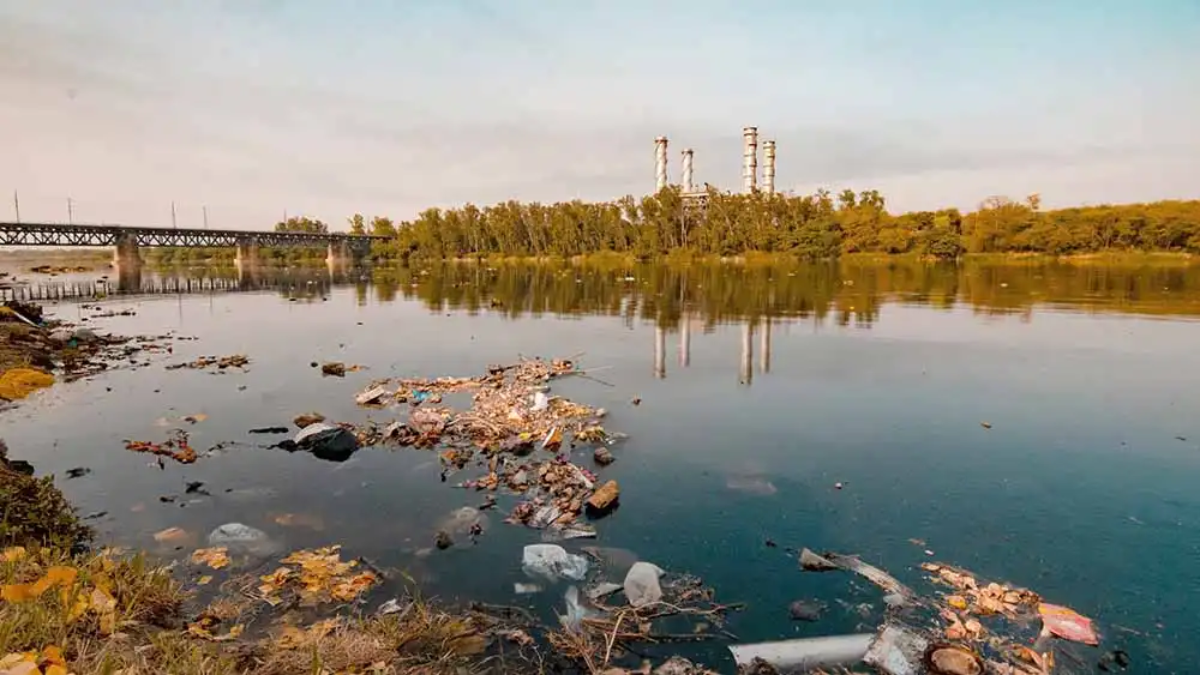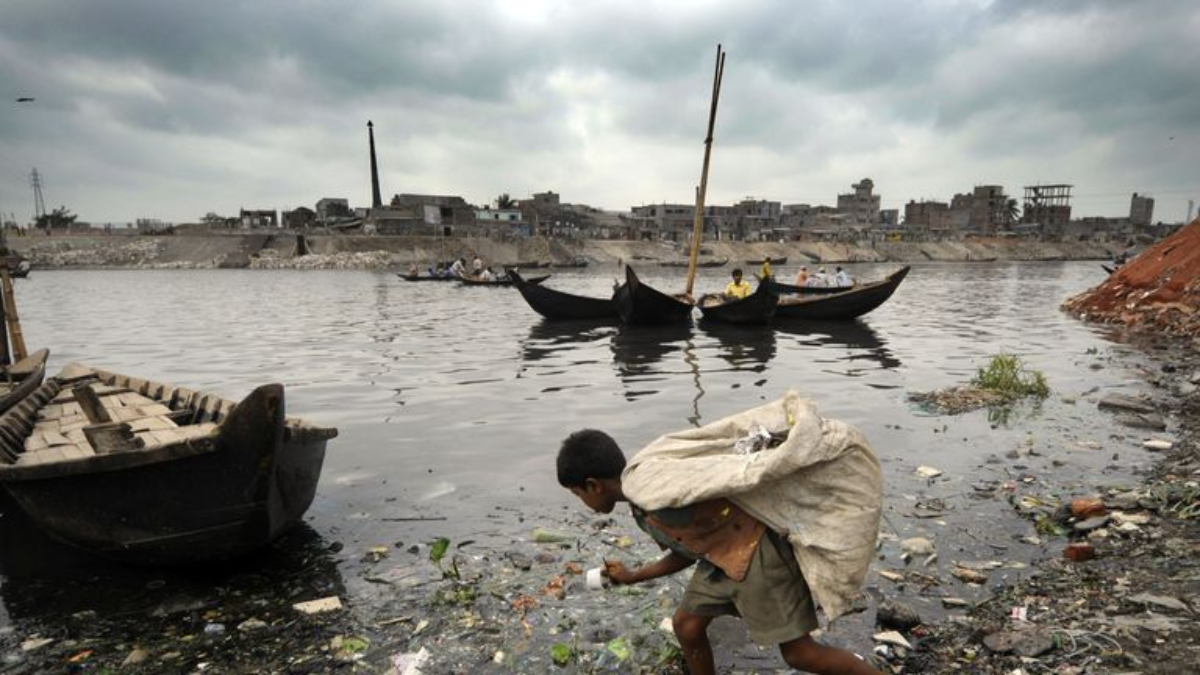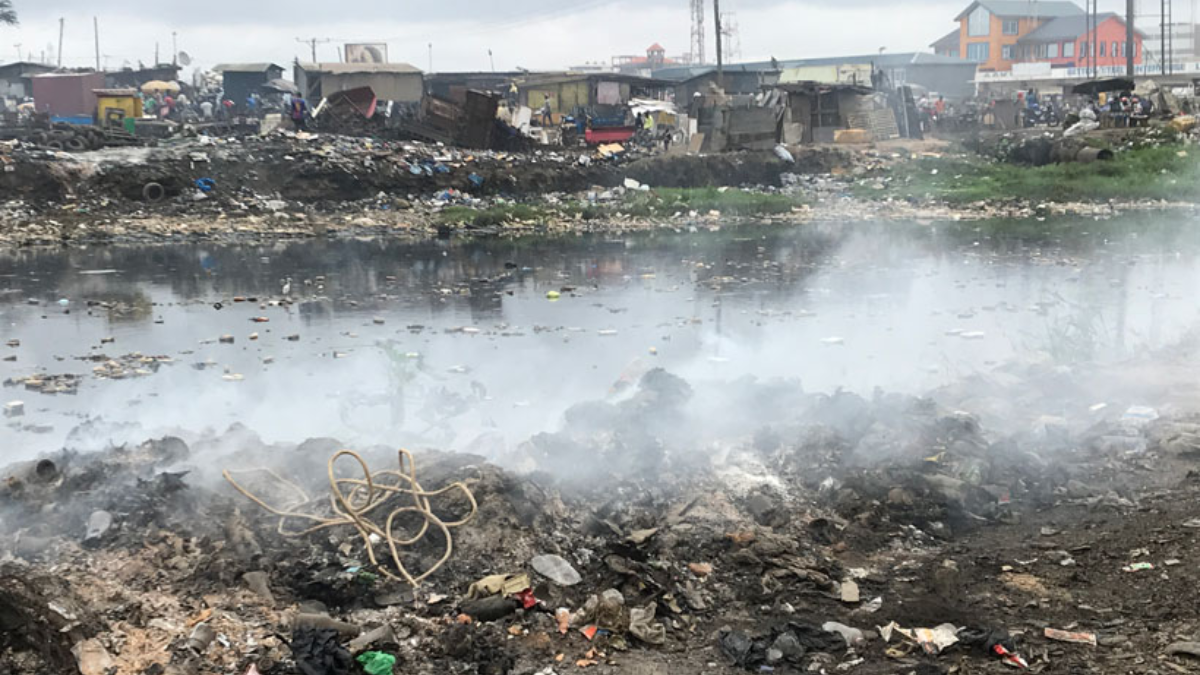
A staggering 8,500 tonnes of antibiotics, accounting for almost a third of global human antibiotic use annually, are being discharged into river systems worldwide. This unprecedented contamination, revealed in a groundbreaking study led by researchers at McGill University, poses a growing threat to aquatic ecosystems and public health.
Table of Content:-
A Hidden Menace in Our Waterways
Published in the journal PNAS Nexus, the study marks the first large-scale attempt to quantify global antibiotic pollution in rivers solely due to human consumption. Using advanced modelling techniques validated by water samples from nearly 900 global river locations, the researchers found that these pharmaceutical residues, though often present in trace amounts, collectively contribute to chronic pollution.

Lead author Dr Heloisa Ehalt Macedo, a postdoctoral fellow in geography at McGill, emphasised the cumulative danger: “Even when antibiotic residues are detected at low concentrations, the long-term environmental exposure can still pose significant risks to human and aquatic health.”
Also Read: Cancer-Linked Chemicals Detected In Widely Used Skincare and Makeup Products: Study
Amoxicillin: A Common Culprit
Among the antibiotics studied, amoxicillin, one of the most widely prescribed antibiotics globally, emerged as the most frequently detected at potentially hazardous levels. This was particularly evident in Southeast Asia, where increasing antibiotic use and inadequate wastewater treatment infrastructure amplify the environmental threat. Southeast Asia’s rivers, already burdened by pollution, are now becoming hotspots for antibiotic residues. These findings suggest a looming crisis unless swift, coordinated action is taken.

The Bigger Picture: Resistance and Ecosystem Disruption
The consequences of such widespread contamination extend beyond just environmental degradation. Continuous exposure to antibiotics in rivers may accelerate the development of antibiotic-resistant bacteria, undermining the efficacy of life-saving medications. This resistance can spread through water systems, enter food chains, and eventually impact human populations.
Also Read: Can’t Stop Craving Chips? Aldosterone Imbalance Might Be to Blame
Dr Bernhard Lehner, professor of global hydrology at McGill, warned, “While antibiotics are indispensable in modern medicine, their unchecked entry into ecosystems risks triggering long-term consequences, including diminished treatment effectiveness and rising healthcare costs.”

Not the Whole Story: Livestock and Industry Excluded
Notably, the study focused solely on antibiotics entering water systems through human consumption. It did not factor in contamination from livestock operations or pharmaceutical manufacturing, both of which are known to release vast amounts of antibiotic residues into the environment.
Environmental engineering professor Jim Nicell, a co-author of the study, noted, “Our findings highlight the severity of human contributions alone. Including veterinary and industrial sources would likely reveal a far more dire scenario.”
Urgent Call for Monitoring and Policy Action
The researchers are now calling for the implementation of systematic monitoring programs to track antibiotic levels in global waterways. Without reliable surveillance, many contaminated rivers may go unnoticed, allowing the problem to worsen unchecked. They also advocate for better wastewater treatment practices, especially in rapidly urbanising areas, and responsible antibiotic use policies to mitigate the crisis.
A Global Wake-Up Call
This study serves as a crucial reminder of the interconnectedness of human health, water safety, and environmental stewardship. It underscores the urgent need for global cooperation in reducing antibiotic pollution — not only to protect rivers and wildlife but to preserve the effectiveness of antibiotics for future generations.
Also watch this video
How we keep this article up to date:
We work with experts and keep a close eye on the latest in health and wellness. Whenever there is a new research or helpful information, we update our articles with accurate and useful advice.
Current Version